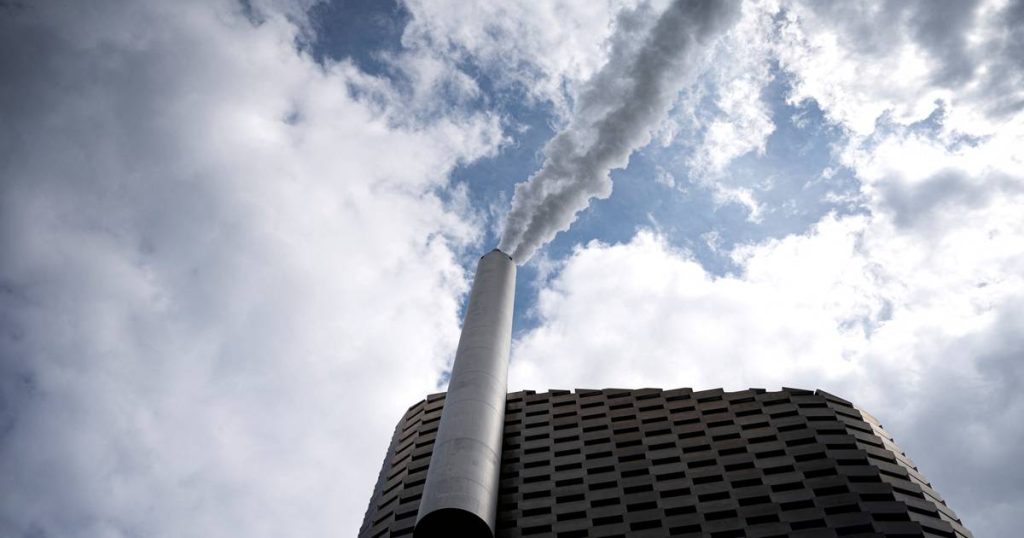Most of the most promising technologies for CO2 capture and reuse do not provide the expected climate benefits. The implementation of these same new technologies also costs energy. So often that the total emissions are hardly or not reduced at all.
This is evidenced by the scientific research conducted by Radboud University Nijmegen, which was published on Friday afternoon.
Research findings are a major factor driving governments and companies investing in “carbon capture and use,” and CO2 capture and reuse, back in order to achieve their climate goals. Carbon dioxide is a greenhouse gas released when fossil fuels are used and is a major cause of global warming.
If you capture that gas immediately from the source, such as in a power plant or cement plant, and then process it into useful chemicals, fuels or building materials, it makes a huge contribution to solving the climate problem, which is the idea.
used
Researchers from Nijmegen investigated whether this was really the case for 74 different applications. They have done this on the basis of Life Cycle Assessments, in which the product is followed from the start, the extraction of raw materials, right up to the end after it has been used.
They compared the results with the international climate goals of Paris, to which the Netherlands has also committed: halve carbon dioxide emissions by 2030, and almost no more emissions by 2050, in order to limit global warming to less than two levels. Preferably one and a half degrees compared to the pre-industrial era.
the problem
“Unfortunately, I feel some flaws, but only eight of the 74 applications studied meet the 2030 targets, only four meet the 2050 targets,” said the study’s lead author, climate scientist Kiane de Kleijne. Some shrink insignificantly, others still develop to the point where they are ready in hindsight to have any effect before goals are achieved.
When carbon dioxide is converted into a fuel, such as methanol for shipping, for example, the captured carbon dioxide continues to be released once those fuels are used. It turns out that reusing plastic takes a lot of energy to turn carbon dioxide into something useful, so that emissions aren’t ultimately reduced. Positive exceptions are building materials, because recycled carbon dioxide remains stored in them. And in greenhouse horticulture, CO2 reuse can reduce greenhouse gas use.
So there’s also a positive side to the research, says de Klein. “Now we know what doesn’t work. But also what works. Let’s put our money into those solutions.”
Unlimited free access to Showbytes? And that can!
Sign in or create an account and never miss a thing from the stars.

“Total coffee specialist. Hardcore reader. Incurable music scholar. Web guru. Freelance troublemaker. Problem solver. Travel trailblazer.”







More Stories
GALA lacks a chapter on e-health
Weird beer can taste really good.
Planets contain much more water than previously thought